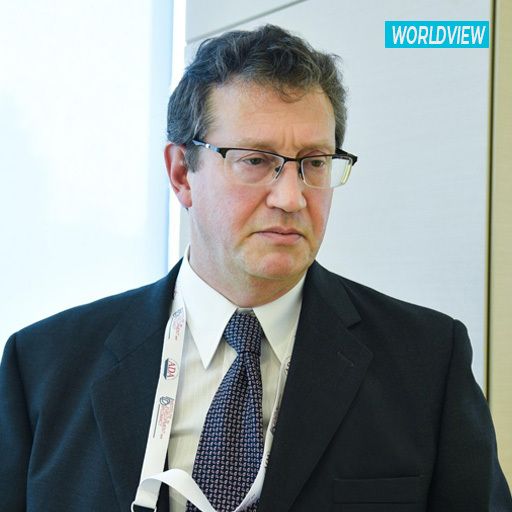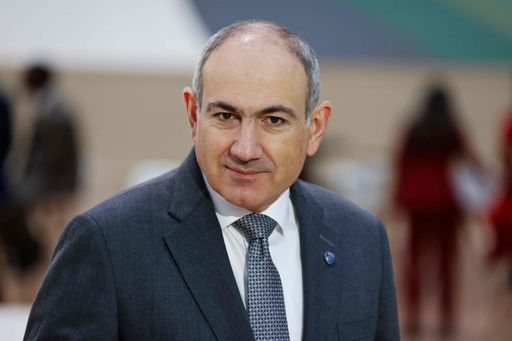Armenia is in the midst of a historic churning. Its leadership has chosen realism over nationalist hyperbole, but powerful domestic and foreign actors are mobilising in an attempt to restore the old order.
The outcome will define whether Armenia becomes a modern state or remains captive to the ghosts of its past.
The trigger for this backlash was Armenia’s devastating loss in the Second Karabakh War and the policy reorientation that followed.

In response to war, political crisis, and shifting alliances, Prime Minister Nikol Pashinyan has introduced a doctrine of national realism: the ‘Real Armenia’.
Its premise is stark yet pragmatic: Armenia must abandon dreams of territorial expansion and focus on improving the state within its internationally recognised borders.
Pashinyan posed a powerful question: Should the present-day republic serve the mythic past, or vice versa?
This approach has also shaped foreign policy. In a historic move, Pashinyan has adopted a more pragmatic stance and worked towards improving ties with Azerbaijan and Türkiye.
In May 2023, he declared that Armenia is ready to recognise Azerbaijan’s full territorial integrity, including Karabakh, a statement unthinkable just a few years ago.
The journey came full circle on August 8, when Armenia and Azerbaijan signed a historic US-brokered peace agreement to end decades of hostility.
Pashinyan’s vision of ‘Real Armenia’ prioritises state interests over historical symbolism, peace over glory, and the future over the past. It is not merely a policy position; it is a bid to reorient the national imagination.
He insists that it’s a necessary adaptation to harsh reality, one that could foster long-term security and stability.
Not everyone agrees, though. Some see it as capitulation. Diaspora leaders and nationalist voices argue that it undermines the Armenian cause.
Church, oligarchs, and a ‘deep state’
Opposition to Pashinyan has coalesced around three main axes: the Church, the diaspora, and entrenched elites with close ties to Moscow.
The Armenian Apostolic Church has become an increasingly vocal critic.
Senior clergy have gone so far as to call for his removal, prompting the prime minister to denounce the Church's leadership as corrupt and "anti-national."
This power struggle came to a head in mid-2025. Armenian police arrested over a dozen individuals, including two archbishops, on charges of plotting a coup, including alleged plans for bombings, arson, and road blockades.
To outside observers, the idea of clergy engaging in political plots may seem puzzling. But in a country that proudly proclaims itself the first to adopt Christianity as a state religion, the Church has long been more than a spiritual force.
As governments have come and gone in Yerevan, the Church has continued to act as a stable force and, at times, a power centre of its own: arguably functioning as a kind of “deep state’.
The diaspora, another influential bloc in Armenian politics, also tends to maintain close affinity with the Church, reinforcing its political weight and ability to mobilise resistance against perceived betrayal of ultranationalist and irredentist demands.
Armenia’s oligarchs are also emerging as quiet collaborators in a volatile moment. Just days before a foiled coup attempt in June 2025, the government moved to nationalise the energy assets of Russian-Armenian billionaire Samvel Karapetyan, arrested for allegedly financing anti-government protests.
Tensions with Moscow have steadily escalated. Previously, Armenia declined to host CSTO exercises, suspended key treaty obligations, and held a symbolic vote to begin EU accession talks.
All these actors together form a constellation of influence resisting Pashinyan’s turn away from maximalist ideologies.
What they defend is not merely a set of territorial claims, but a worldview: one rooted in grievance, martyrdom, and heroic victimhood.

Between nostalgia and necessity
Pashinyan is betting that a realist foreign policy, anchored in regional integration and pragmatic diplomacy, can rescue Armenia from strategic paralysis.
He argues that illusions of a ‘Greater Armenia’ have delivered only tragedy, and that the country must chart a forward-looking course, grounded in peace and self-preservation.
His ‘Real Armenia’ doctrine seeks to move beyond history and trauma, and to reframe Armenia’s national project around viability rather than victimhood.
But peace will require more than vision. It will demand public consent. Any lasting agreement cannot be imposed from above.
Without societal buy-in, even the boldest agreements will be fragile and reversible. A future government, less pragmatic and more ideologically driven, could easily undo years of progress.
A part of Armenian society, particularly in the diaspora, remains rigidly opposed to the ‘Real Armenia’ doctrine. Emotional attachments to irredentist narratives and chosen traumas still shape political identity for many, in the shadow of decades-long political myth-making.
And in a region where strategic U-turns are often seen as weakness, adapting to new realities is emotionally and politically burdensome.
Yet what if there is no alternative route? In such a case, realism is not surrender: it is the only path forward.
Normalised relationships with Azerbaijan and Türkiye would mark a historic turning point.
For the first time, Armenia could become part of a regional fabric defined not by isolation and grievance, but by connectivity, commerce, and stability.
It helps that both neighbours pose no territorial threat to Armenia and, unlike Armenia’s past posture towards them, recognise its borders and sovereignty.
‘Real Armenia’ is not just a doctrine, it is a question. Can a nation abandon the comfort of its dreams for the demands of reality? Can nostalgia give way to necessity?
That answer will shape not only Armenia’s future, but the entire South Caucasus.



















